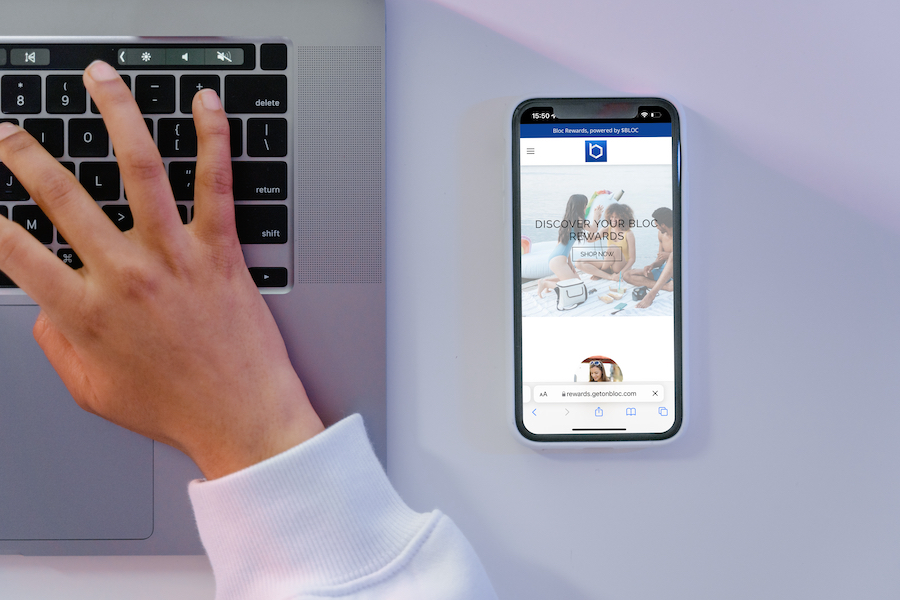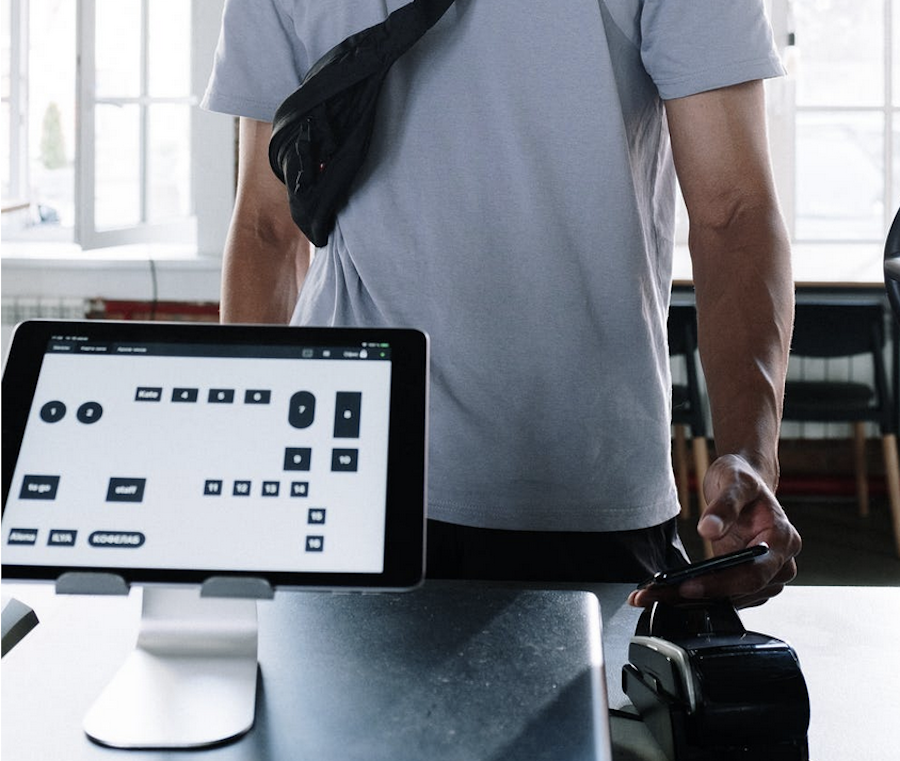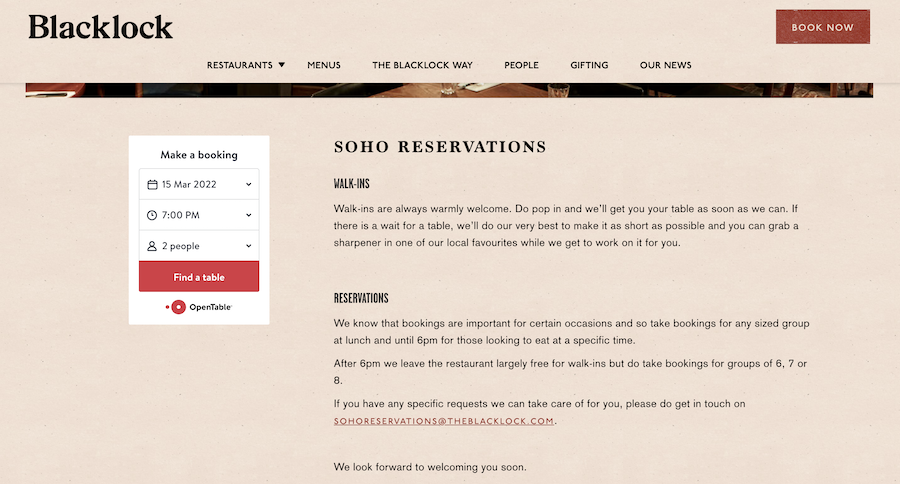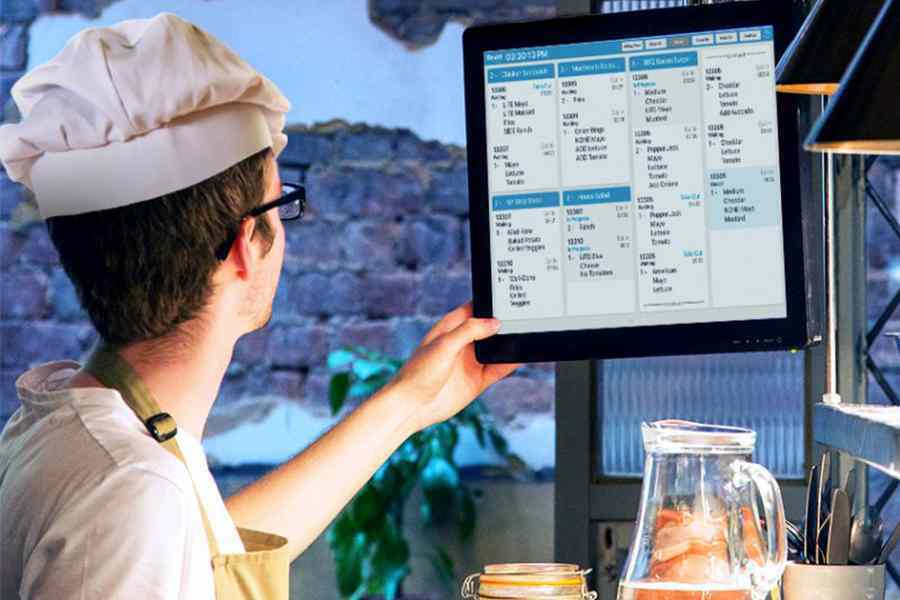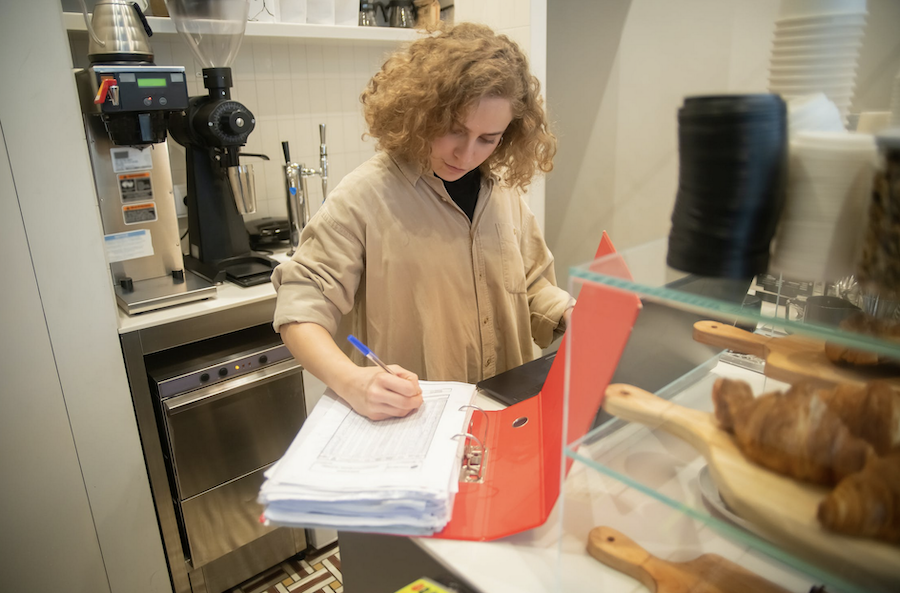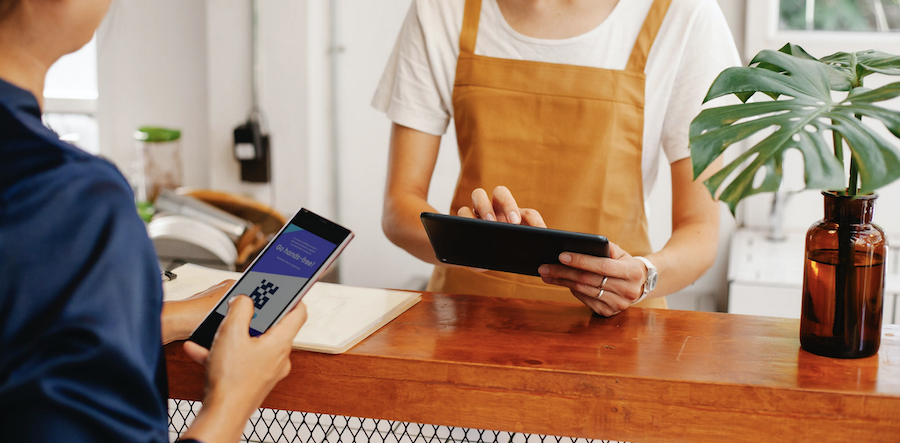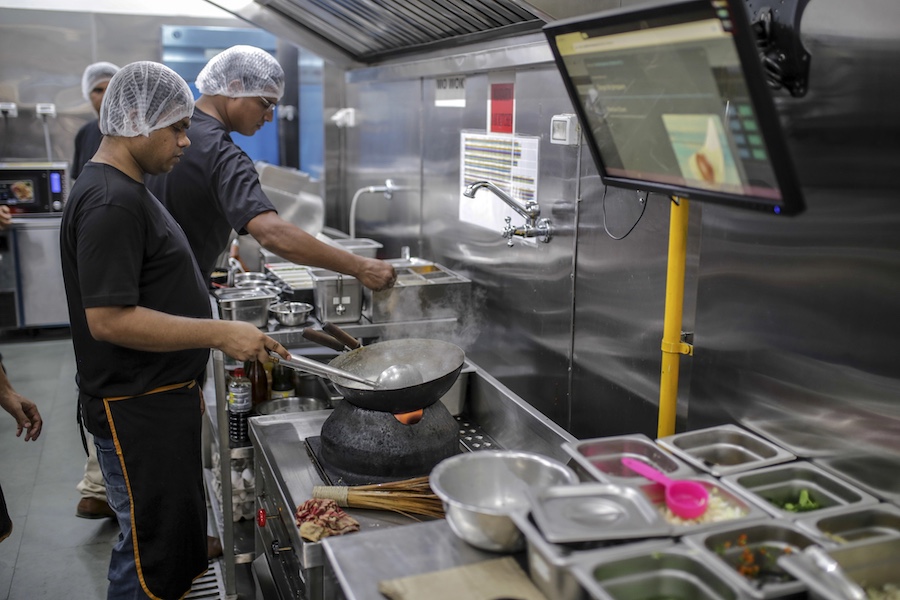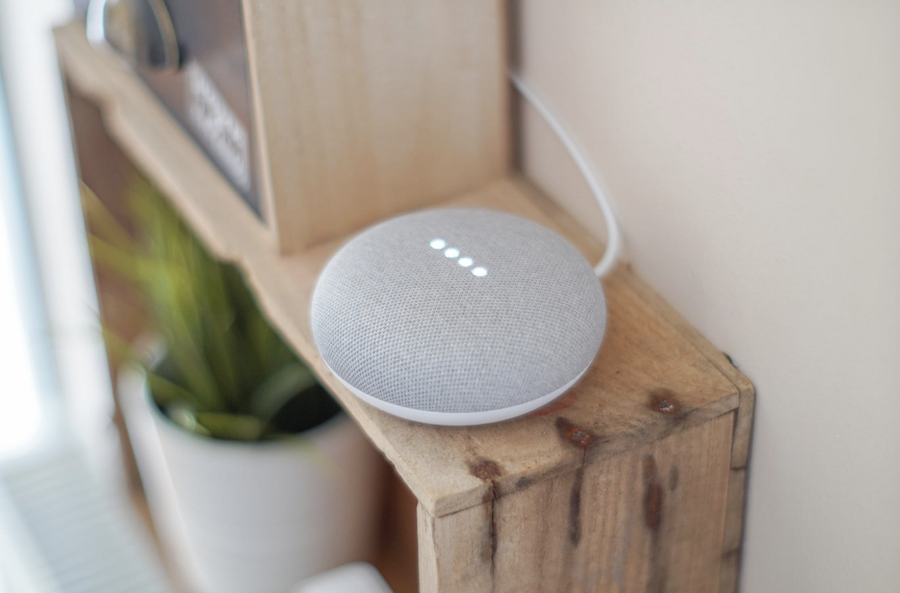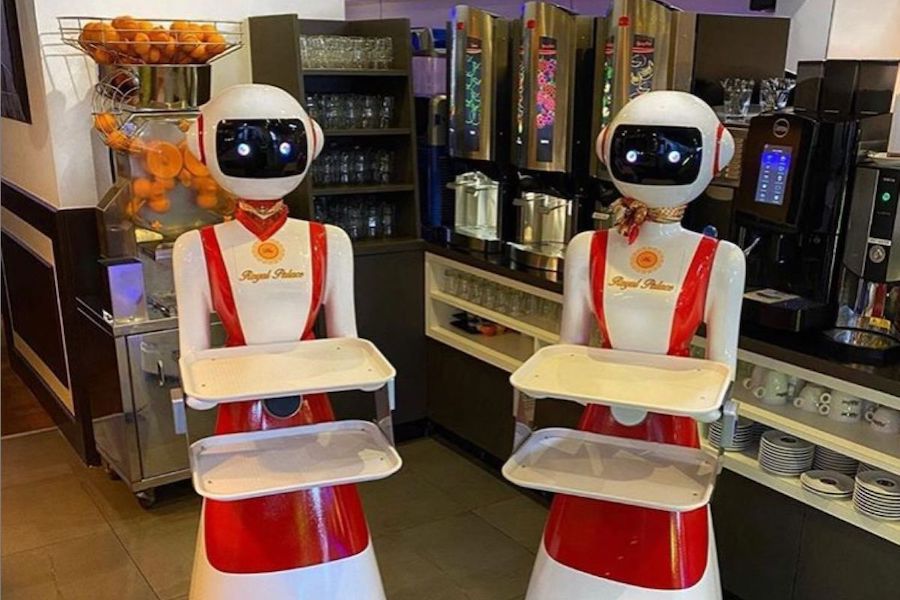Restaurant Technology – The Best Restaurant Technology for Growth
Dining at a restaurant is an experience and restaurant technology has brought it to the next level.
People love to spend some quality time with their friends and family, gather around a table in a comfortable or elegant ambiance, and eat delicious meals to their heart’s content.
Of course, having commendable service is a given for an uninterrupted and blissful occasion.
The traditional concept of restaurants seems to have no space for technology.
After all, hospitality services depend on people’s interaction and understanding of human needs. So, where could we possibly use a screen, a robot, or the 1s and 0s language?
However, like most spheres of life, technology has been introduced quite successfully to restaurant businesses.
The global pandemic has only brought out the significance of restaurant technology and established its competence and need in the sector.
Restaurant technology now forms a prominent aspect in the modern concept of restaurants.
The restaurant industry has been slowly but surely, even if reluctantly, adopting innovative digital solutions and the modernized reality.
Contactless payment, delivery services, and restaurant apps are a few common examples that not only saved restaurants but helped them thrive in this new era that was only enhanced by the impact of COVID 19.
The industry is predicted to grow using restaurant technology as its guide, so much so that it may even be driven completely towards off-premises consumption.
Restaurant growth is easier to achieve now than ever before. With the help of technology with the right systems in place, hyper growth is very achievable.
So, what are the up-and-coming trends of restaurant technology that today’s businesses need to be aware of to reinvent themselves and compete with other establishments?
The restaurant technology you need to know:
1. Bloc
2. Contactless payments
3. Online ordering systems and delivery apps
4. Online reservations
5. Digital kitchen ‘Boards’
6. Automated inventory management software
7. QR codes
8. Cloud kitchens
9. Voice-enabled technology
10. Automation to robotics
11. Tabletop tablets
1. Bloc
Bloc is a location-based application that connects people to events and businesses.
It rewards people for coming to the location.
Users that log into the application are invited to visit different venues. Once they physically attend an event, they are rewarded with Bloc’s in-app currency.
This currency can be used in the app itself or exchanged for real money or rewards.
Since people across the world use the platform, businesses, in turn, receive a ton of visibility and exposure.
The software is also popular among people as it has a simple and accessible interface that promises minimal interference and hassle for customers using Bloc.
When a user is interested in visiting a restaurant, the Bloc restaurant technology will suggest a place near the user’s location.
Bloc Advertising
When a Bloc user checks into one of the venues suggested to them by the app, they earn a certain number of stars on Bloc.
Bloc uses a geolocation tracker to confirm if the user actually went to the restaurant. The stars work as a currency. Users can make £100 from just 200 stars for example.
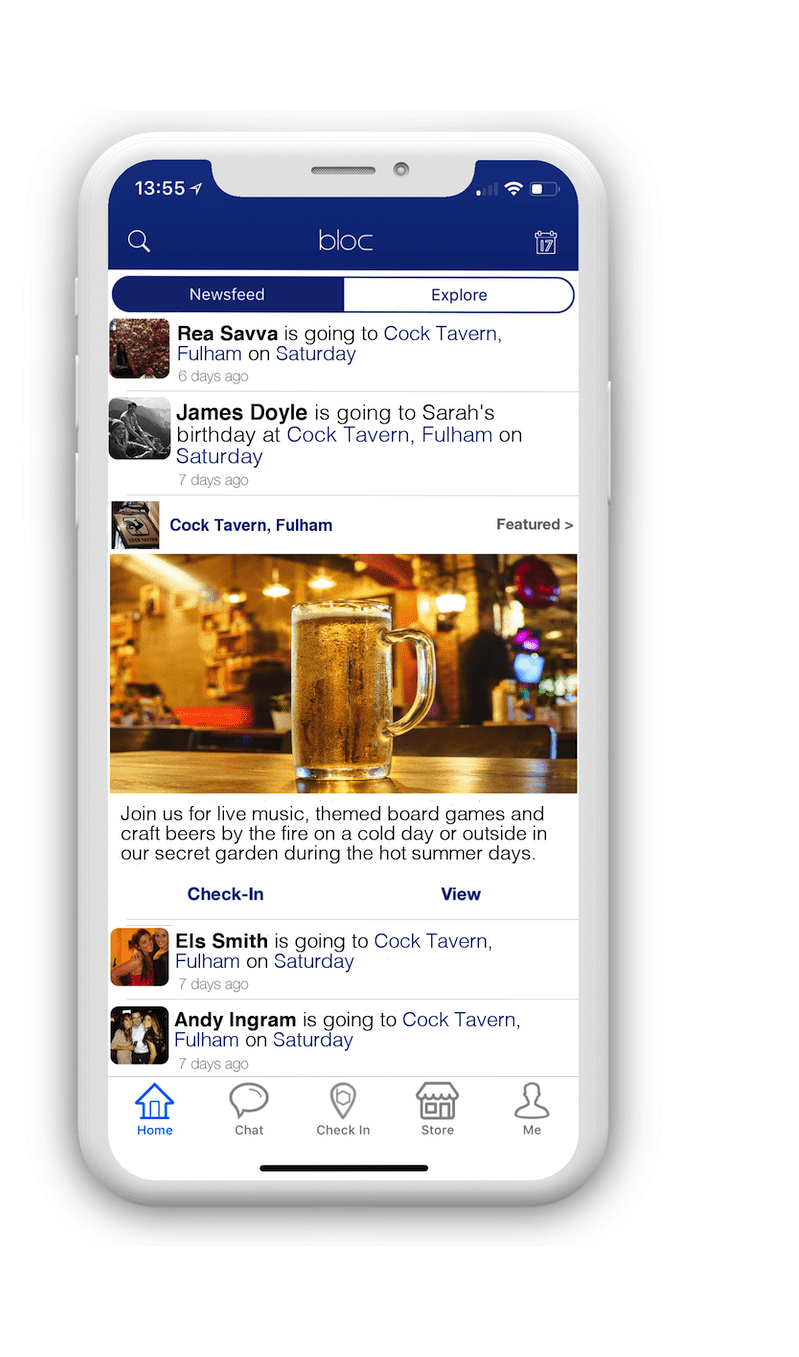
How can this help restaurants?
Restaurant businesses can use Bloc to advertise their venues by being placed in 4 special locations in the app, which can increase the number of check-ins.
Newsfeed ads are sent to Bloc users within a 10-mile radius of your restaurant.
The advantage of using Bloc restaurant technology is that the app is pay-per-result based.
This basically means that you will only pay when Bloc brings in a customer. This makes Bloc budget-friendly without wasting your marketing funds on clicks.
2. Contactless payments
Contactless payment has not only gone mainstream but, in some places, has become a basic protocol considering COVID 19.
Even before the pandemic hit the world and affected how business was conducted, contactless payments arose.
Now, restaurant technology is not just about placing orders online but also paying through applications or online wallets via touchless devices, smartphones, or smartcards.
Gaining momentum within the hospitality industry, new contactless payment technologies are estimated to triple from $2 trillion to $6 trillion globally by 2024.
Moreover, the younger generation is becoming more and more comfortable with the modern ways of currency exchange, and about 34% of customers rely on contactless options as their normal way of payment.
Contactless technology means customers do not need cash in hand, no human contact- making the process more efficient, quick, hygienic, and safe.
If restaurants do not want to be left behind in the coming year, the 11th hour to invest and plan for mobile and digital payment strategy has come.
3. Online ordering systems and delivery apps
With the imposed restrictions and strict sanitary regulations, contactless deliveries and online food ordering came to the rescue of restaurants.
And this service is here to stay for good as diners have grown accustomed to getting the food they want, whenever they want, and wherever they want.
Like the growth curve of contactless payment applications, online ordering systems and delivery apps for restaurants had already emerged a couple of years ago.
However, they gained explosive momentum in the past two years with people stuck at homes with no chance of eating out unless it was ordered at home.
Now, the food delivery market is worth more than $150 billion globally, triple the value in 2017.
While third-party food apps like UberEats will remain an important service for ordering in-house and delivery, many diners prefer ordering directly from restaurants.
So, it is expected that restaurants will follow the lead of bigger fast-food chains and start investing in creating their digital platforms and mobile applications.
4. Online reservations
Calling restaurants and reserving a table is now a thing of the past, with online bookings taking over.
Services like Stampede or OpenTable provide customers the freedom to check all available slots and make their bookings on the go.
By integrating digital reservation systems, restaurants can manage seatings, waitlists, and customer loyalty while collecting important client data for marketing purposes.
5. Digital kitchen ‘Boards’
If your restaurant business is still based on scribbling orders on a paper pad, risking smudges, overprinted tickets, and having your service employees running back-and-forth between the kitchen and dining area – then digital kitchen boards are for you.
Kitchen Display Systems or KDS are digital menu boards to help kitchen staff and restaurants to simplify back-house operations.
The KDS is linked to the point-of-sale (POS) system.
These screens display the orders by priority and highlight any special dietary requests.
KDS allows restaurants to track meals, check inventory, and signal when a product has run out of stock.
This innovation makes for smoother communication between different posts in a restaurant, ensures accuracy, and efficiency.
No longer will you struggle with panicked waiters, bussers, and cooks rushing to meet the diner’s demands.
6. Automated inventory management software
Restaurant owners and managers would know the tedious nature of keeping inventory.
Constantly updating the fluctuating stock of food items and beverages, making, and receiving inventory orders, scheduling, and estimating quantities can end up taking hours on end.
Moreover, inventory requires patience and care.
Automating inventory management is a new and convenient restaurant technology that can cut down the tedious tasks that come under management.
Additionally, this service can significantly reduce food wastage, which can reportedly measure up to $100 billion annually, effectively saving you revenue.
Winnow delivers AI-based software restaurant technology that analyzes the supply data of a business and offers solutions to cut costs and food waste.
Companies providing state-of-the-art artificial intelligence technology are focusing on cutting food waste and costs to make restaurants more sustainable.
Innovative platforms like Too Good to Go help food businesses manage their food surplus by looking for users for a meal deal.
7. QR codes
QR codes are already a necessity when it comes to mobile-first societies.
QR codes are the next happening global phenomenon that can now be found in restaurants worldwide.
Owing to the rise of contactless technology, auto-scanning barcodes or QR codes printed on tables, posters, coasters, doors, or websites via smartphones provide customers access to restaurant menus, ordering, and payment facilities on their screens with a simple scan.
The ‘no-touch’ policy ensures the safety and hygiene of both customers and employees while keeping the business sustainable.
The simplicity of QR codes is that it does not require a specific application.
Some restaurants and customers may find it a hassle to first install or download an application onto their smart devices to place an order.
QR codes eliminate this step. Additionally, QR codes offer restaurant owners convenience and speed at relatively lower costs.
8. Cloud kitchens
Debatably, the future of the restaurant industry is entirely off-premises consumption.
In addition to contactless payment and online ordering systems, cloud kitchens are a subset of this future.
Several restaurant operators have established cloud kitchens in their existing premises. This shift can be observed even more post-pandemic.
While the success of these kitchens largely depends upon the food quality and consistency- isn’t that what the whole restaurant business should primarily focus on?
Innovative automation restaurant technology can only assist cloud kitchen operations.
This new concept of off-premises restaurants can be run on lower operational costs and rental costs.
There are more opportunities for restaurants to experiment, which can also help them gain attention.
9. Voice-enabled technology
Virtual assistant technology has come, been established, and is a thing of the present.
Virtual assistants can be seen more and more, especially in bigger fast-food chains like KFC and Pizza Hut.
So, why not restaurants as well?
Voice-enabled restaurant technology is a great way to enhance customer experience by allowing virtual assistants like Google Assistant or Alexa to place orders, make reservations, or even send feedback through voice commands.
In operations, voice-enabled services can streamline the back-of-the-house process involved in running a restaurant.
10. Automation to robotics
Moving forward from automation, the introduction of robotics to restaurant technology is the next big thing to happen in the food industry.
More operators are expected to introduce robots to their operations in the coming year.
Robots can even replace the human staff and eliminate the whole process of searching, interviewing, hiring, managing, manual errors, and monthly dues.
Many brands in the market, such as Chick-fil-A, can be seen in partnerships with robotics companies like Kiwibot and testing different services (like delivery).
Many restaurants have also begun employing robots to prepare food, like making beverages or flipping burgers.
11. Tabletop tablets
These interactive touchscreens are revolutionizing the dining experience.
Imagine being seated, greeted by a virtual hostess on the tablet, and browsing a high-resolution menu complete with mouthwatering pictures and detailed descriptions.
You can customize your order, adding notes about allergies or preferences, and even flag down your server or request the bill – all without needing to wave frantically or make awkward eye contact.
But the magic goes beyond convenience. Tabletop tablets empower restaurants to personalize service like never before.
They can suggest dishes based on dietary restrictions or past orders, recommend pairings for your chosen wine, and even offer interactive games or quizzes to keep the table entertained while waiting for their food.
This level of engagement fosters a more enjoyable and memorable dining experience, turning passive customers into active participants in their own culinary journey.
Overall, tabletop tablets are a win-win for both restaurants and diners.
They streamline operations, improve communication, and personalize the dining experience, ultimately leading to happier customers and a thriving business.
Summing up
These were just some of the up-and-coming restaurant technologies that are being used in modern-day restaurants.
There are many more innovations to look forward to that require a bit of exploring.
One thing that is apparent from the recent trends is that diners expect much more than the traditional comfort and convenience of eating out.
They want to frequent restaurants that think out-of-the-box to provide better service from competitors and add an extra oomph to their customer experience.
Who wouldn’t be impressed to see a robot serving them a delicious platter of hot food?
However, each restaurant is unique in its own way and requires different things.
Therefore, the implementation of restaurant technology should be based upon the current needs, concepts, budgets, and feasible trends for the owner.
On the other hand, no one can deny that technology now forms an essential component of almost all businesses, especially since these services increase business success (as seen during and post COVID 19).
Another positive to innovative restaurant technology is that it can be employed in any type of restaurant- big or small, low budget or high budget.
Exorbitant investment costs are no longer a grave issue with the many alternatives available today.
Technology is no longer a far-fetched weird concept or an unattainable expensive dream for business owners.


